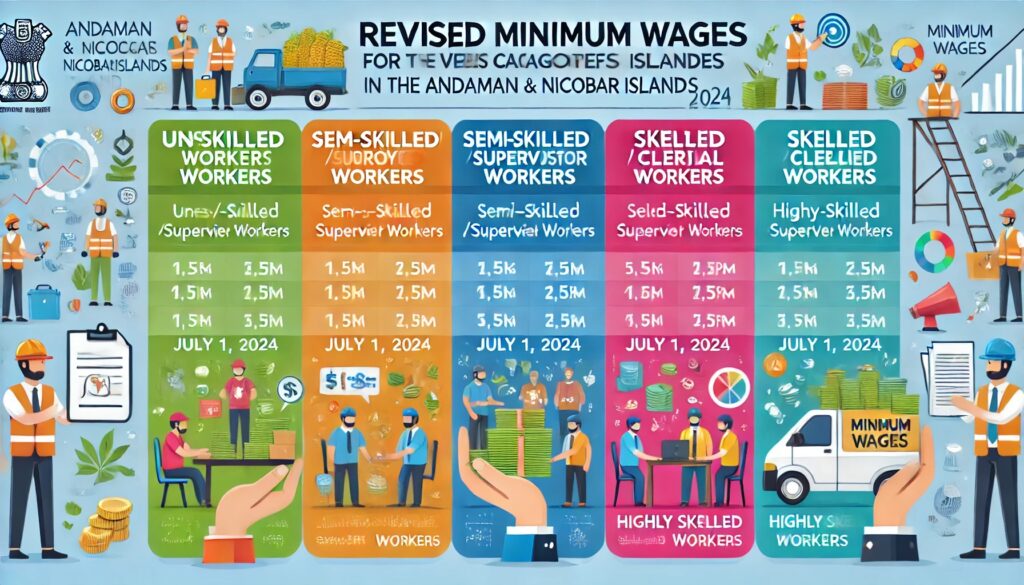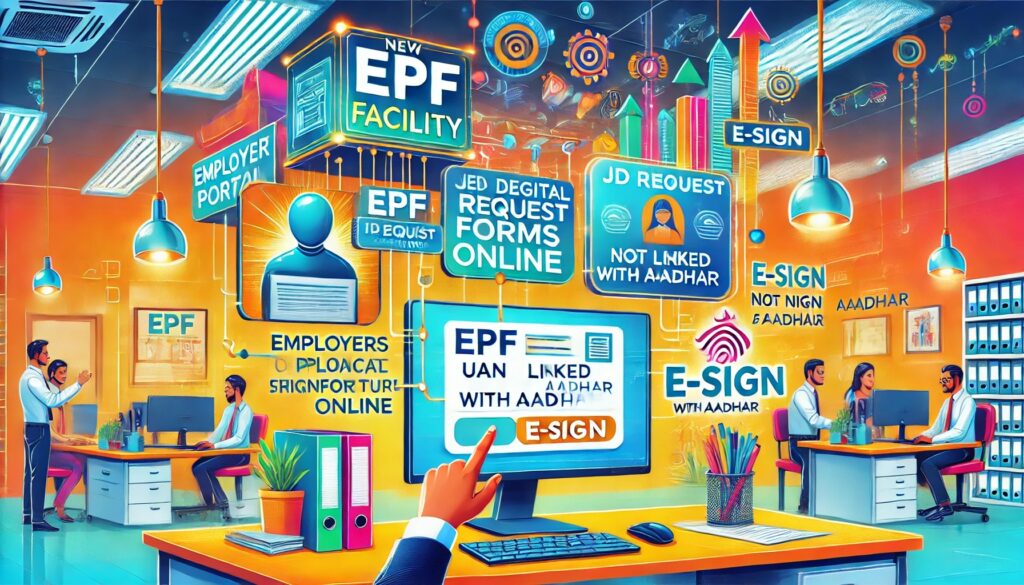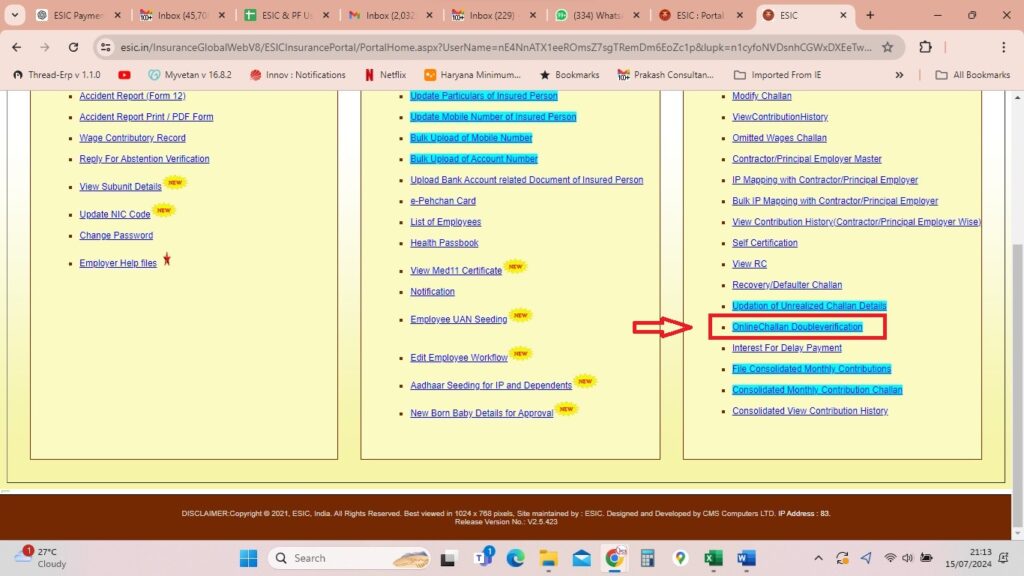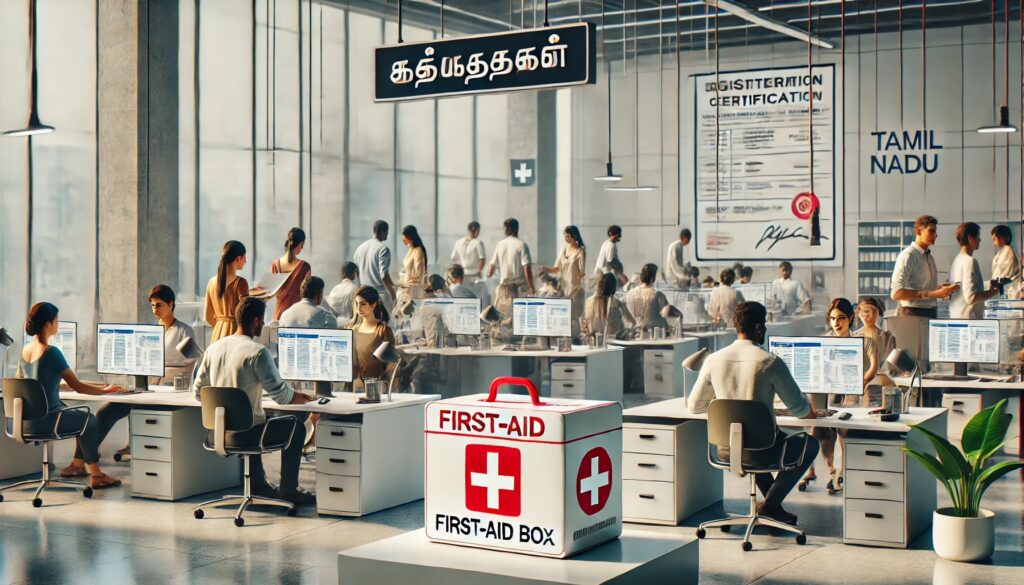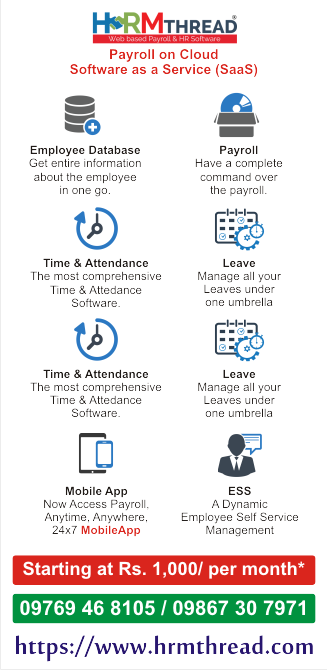Understanding the Latest Amendments to the Maharashtra Shops and Establishments Act, 2017
The Maharashtra Shops and Establishments (Regulation of Employment and Conditions of Service) Act, 2017, has recently been updated with significant amendments. These changes, introduced by the Maharashtra Government on 22nd July 2024, aim to improve compliance and ensure better protection for both establishments and their employees.
In this blog, we delve into the specifics of these amendments, providing a detailed explanation to help businesses understand and implement the new requirements effectively.
Overview of the Amendment
On 22nd July 2024, the Government of Maharashtra issued Notification No. MS&EA-08/2021/C.R.153/Labour-10, introducing amendments to the Maharashtra Shops and Establishments (Regulation of Employment and Conditions of Service) Rules, 2018. These amendments were made under the authority of sub-section (1) of section 37 of the Maharashtra Shops and Establishments Act, 2017, and were previously published as required by sub-section (2) of section 37.
Key Changes in the Amendment
The focus of these amendments is on the inclusion of the requirement for establishments to maintain an insurance certificate. This is a crucial step towards ensuring that all establishments are adequately insured, providing a safety net for employees and the business. Below is a detailed explanation of the changes in tabular format:
Detailed Amendments to Forms and Schedules
Form | Original Entry | New Entry | Details |
|---|---|---|---|
Form ‘A’ | After entry 13 | 13A Insurance certificate of establishment | This insertion mandates that establishments must now include an insurance certificate. |
Form ‘D’ | After entry 13 | 13A Insurance certificate of establishment | This insertion requires the insurance certificate for compliance and verification purposes. |
Form ‘F’ | After entry 11 | 11A Insurance certificate of establishment | Establishments must provide the insurance certificate to meet the new regulatory requirements. |
Form ‘R’ | After entry 7 | 7A Insurance policy number and date of validity of insurance policy of establishment | This entry adds the need to specify the insurance policy number and its validity date. |
Detailed Amendments to Schedule
Part | Original Entry | New Entry | Details |
|---|---|---|---|
Part-A | After sub-entry (3) | (3A) Copy of insurance certificate of the establishment | Establishments are required to submit a copy of their insurance certificate. |
Part-B | After sub-entry (4) | (4A) Copy of insurance certificate of the establishment | This amendment ensures establishments maintain a valid insurance certificate for compliance. |
Part-C | After sub-entry (2) | (3) Copy of insurance certificate of the establishment | Adding this entry standardizes the requirement for an insurance certificate across forms. |
Implications of the Amendments
The inclusion of insurance certificate requirements in various forms and schedules ensures that all establishments under the Act maintain adequate insurance coverage. This provides several benefits:
- Employee Protection: Ensures employees are covered under an insurance policy, enhancing their safety and security.
- Compliance: Standardizes the requirement across different forms, simplifying the process for establishments to comply with the Act.
- Risk Mitigation: Helps businesses mitigate risks associated with unforeseen events by having a valid insurance policy in place.
Conclusion
The recent amendments to the Maharashtra Shops and Establishments Act, 2017, reflect the Government’s commitment to enhancing workplace safety and compliance. By mandating the inclusion of insurance certificates, the amendments ensure that establishments are better prepared to handle risks and provide a safer working environment for their employees.




